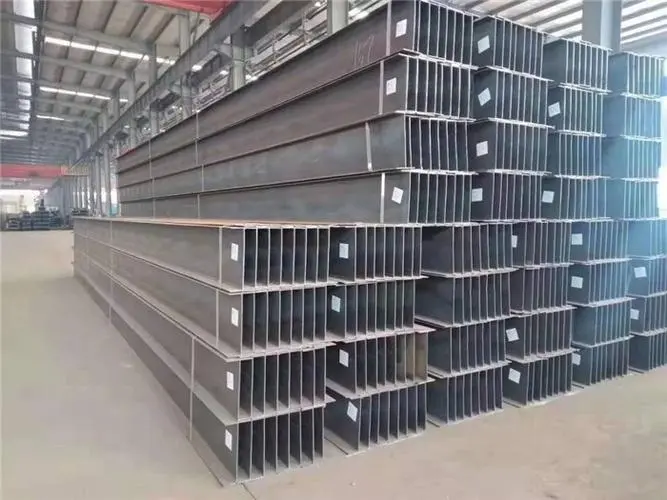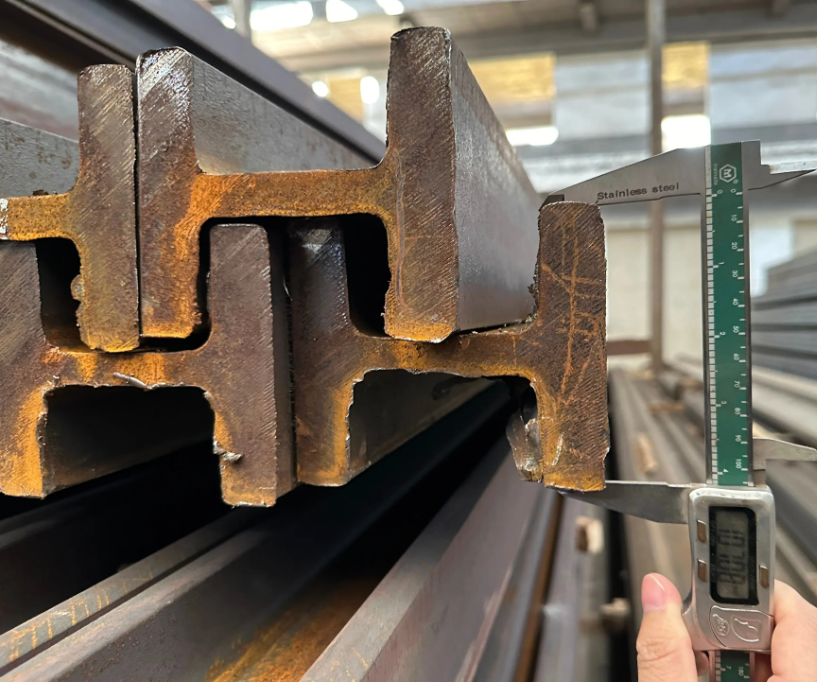H-beam as I-beam or universal steel beam, is an economical and efficient profile with optimized cross-sectional area distribution and reasonable strength-to-weight ratio. Its name comes from its cross-sectional shape similar to the English letter “H”.
The design of this steel makes it have excellent bending resistance in multiple directions, and at the same time, it is simple to construct, which can effectively save costs and reduce the weight of the structure. The materials of H-beam usually include Q235B, SM490, SS400, Q345B, etc., which make H-beam excel in structural strength and design flexibility. Due to its wide flange, thin web, diverse specifications and flexible use, the application of H-beam in various truss structures can save 15% to 20% of metal.
In addition, there are two main methods for producing H-beam: welding and rolling. Welded H-beam is produced by cutting the strip into a suitable width and welding the flange and web together on a continuous welding unit. Rolled H-beam is mainly produced in modern steel rolling production using universal rolling mills, which can ensure the dimensional accuracy and performance uniformity of the product.
H-beam is widely used in various civil and industrial building structures, large-span industrial plants and modern high-rise buildings, as well as large bridges, heavy equipment, highways, ship frames, etc. Its superior performance makes it particularly important in industrial plants in areas with frequent seismic activities and under high temperature working conditions.
Post time: Nov-04-2024

